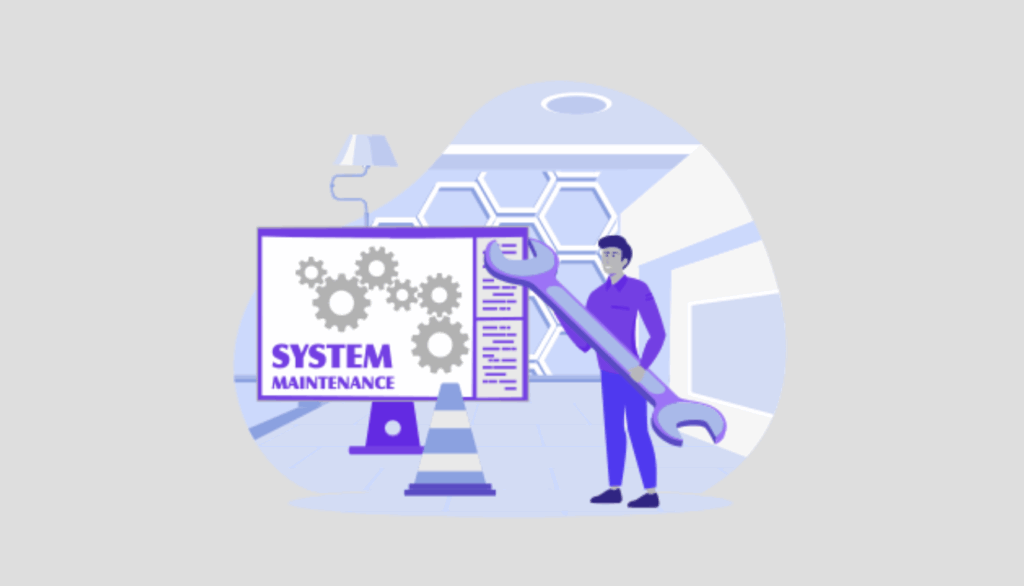In today’s digital-first economy, software isn’t merely a business tool—it’s the backbone of your organization’s competitive advantage. Regardless of your industry, from finance to healthcare, retail to manufacturing, your code underpins critical operations, customer experiences, and innovation capabilities. Yet, despite its undeniable importance, many executive teams and boardrooms underestimate—or even overlook—the need to fully understand and protect their software assets.

The Hidden Value (and Risks) of Your Software
Think of your software as intellectual property—just as valuable as trademarks, patents, or proprietary processes. Every line of code developed by your team or partners represents a significant investment of resources: time, money, expertise, and strategic vision. However, unlike physical assets, software assets are intangible and can easily slip under the radar when it comes to asset management and security oversight.
Without full visibility, your organization faces substantial risks, including data breaches, unauthorized access, intellectual property theft, compliance violations, and significant operational disruptions. This is why executives must prioritize “knowing their code”—having a clear picture of their software’s location, accessibility, vulnerability, and value.
Four Key Reasons Executives Must Understand Their Code Assets
1. Asset Visibility: Know Exactly Where Your Code Lives
Your organization’s software likely exists in multiple repositories, servers, cloud services, and individual devices. Without centralized visibility, code can become fragmented and insecure. Executives need a clear view of exactly where the code resides to ensure its protection, efficient management, and recovery in case of disaster.
Visibility is the first step towards security—if you don’t know where your code is, you can’t protect it effectively.
2. Access Control: Know Exactly Who Has Access
Access control is a fundamental aspect of protecting your code assets. In today’s distributed and remote work environments, code can be accessed by multiple parties: internal employees, freelancers, offshore developers, and third-party contractors. Each new layer of access increases potential risk.
Without stringent controls, you expose your organization to insider threats, unauthorized usage, and inadvertent leaks. Regular audits and strict access management ensure that only the right people can access your critical software assets.
3. Risk Exposure: Identify and Mitigate Vulnerabilities
Software isn’t static—it’s dynamic, evolving constantly as new features are added, dependencies updated, or integrations enhanced. Every change can introduce vulnerabilities or dependencies on third-party code, leaving your organization exposed to cyber threats.
Executives need a comprehensive overview of their software risks. By continuously analyzing your code for security weaknesses, vulnerabilities, or outdated dependencies, you can proactively address issues before they escalate into crises.
4. Asset Protection: Secure Your Strategic Advantage
Beyond identifying risk, executives must have clear strategies to protect their code assets. This includes regular security audits, backups, code encryption, secure repositories, and robust disaster recovery plans. Protecting your software isn’t just a technical requirement—it’s essential to safeguarding your business continuity and reputation.
Turning Insight into Action
So how can executive teams move from limited visibility to proactive protection?
Centralized Code Repositories: Consolidate code into secure repositories with clear version controls and access management.
Regular Audits and Assessments: Conduct periodic, automated code assessments to detect and resolve vulnerabilities swiftly.
Clear Policies and Training: Ensure all employees and contractors understand your code security policies and adhere strictly to best practices.
Continuous Monitoring and Alerts: Implement systems that automatically track and alert your team to unusual activities or potential security breaches.
The True Cost of Not Knowing Your Code
Ignoring software asset visibility is costly. High-profile breaches and thefts regularly make headlines, demonstrating the catastrophic consequences of inadequate software protection. Executives face direct financial loss, regulatory penalties, reputational damage, and potential loss of competitive advantage when their code assets aren’t properly managed and secured.
Moreover, without understanding your code’s value, you can’t make informed strategic decisions. Executives who recognize their software as a vital business asset are better positioned to invest wisely, innovate effectively, and protect strategically.
A Strategic Imperative
The bottom line: Your code is a mission-critical asset, not just an IT concern. CEOs, CTOs, CFOs, and board members must recognize their role in protecting software assets. By prioritizing visibility, understanding access, assessing risks, and implementing robust protective measures, executives safeguard their organizations’ future.
To ensure sustainable growth and secure your competitive advantage, the message is clear: You must “Know Your Code.”
Want to Learn More?




